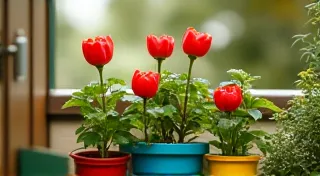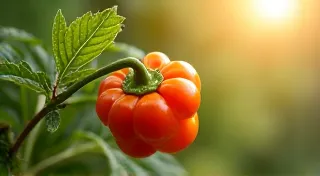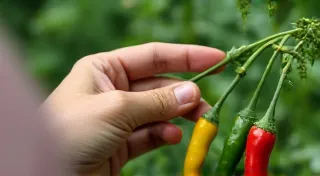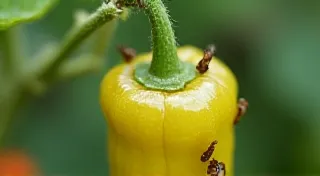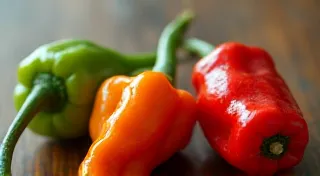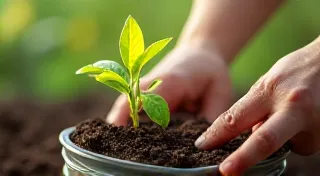Sunlight Requirements for Hot Pepper Varieties
Specialty peppers, particularly those packing a punch like ghost peppers and scotch bonnets, are known for their vibrant flavors and intense heat. Achieving a bountiful harvest of these fiery fruits starts with understanding their fundamental needs – and one of the most critical is sunlight.
Why Sunlight is Crucial for Pepper Growing
Like all plants, peppers rely on photosynthesis to produce energy. This process uses sunlight, water, and carbon dioxide to create sugars that fuel growth, flowering, and fruiting. Insufficient sunlight results in weak stems, sparse foliage, and – crucially – small, bland, and low-yielding peppers. The hotter the variety, the more sun it often needs!
Beyond just quantity, the quality of sunlight matters too. While peppers can tolerate some shade, the intense, direct sunlight they thrive on is key to developing those signature spicy compounds.
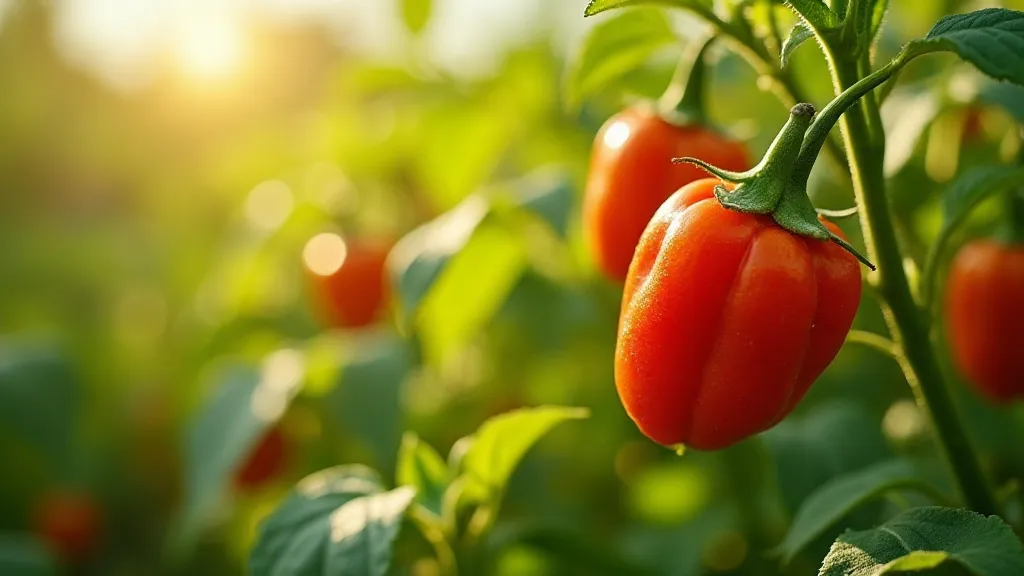
How Much Sunlight Do Hot Peppers Need?
Generally, hot pepper varieties require a minimum of 6-8 hours of direct sunlight per day. However, many do exceptionally well with 8-10 hours. Here's a breakdown:
- Minimum: 6 hours – will result in growth, but yields and heat levels may be reduced.
- Optimal: 8-10 hours – provides the best conditions for robust plants, abundant flowering, and the development of intense heat.
- Maximium: While peppers can generally tolerate high heat and intense sunlight, protection from the hottest part of the afternoon sun in extremely hot climates can be beneficial to prevent leaf burn.
Factors Affecting Sunlight Needs
While the general rule of 6-10 hours applies, several factors can influence how much sunlight your pepper plants need:
- Pepper Variety: Some varieties, like Jalapenos, can tolerate slightly less sunlight than ultra-hot varieties like ghost peppers or Carolina Reapers.
- Climate: In cooler climates, peppers may benefit from slightly more sunlight to compensate for reduced overall light exposure.
- Plant Size: Younger, smaller plants may require more strategic positioning to ensure they receive adequate sunlight.
- Proximity to Structures: Buildings, fences, or trees can cast shadows, impacting the amount of sunlight reaching your plants.
Providing Optimal Sunlight Conditions
Here’s how to ensure your specialty peppers get the sunlight they need:
- Location, Location, Location: Choose a planting location that receives full sun throughout the day.
- South-Facing Exposure: In the Northern Hemisphere, a south-facing location is ideal.
- Rotate Plants: Regularly rotate your plants to ensure even exposure to sunlight, especially in areas with uneven light distribution.
- Consider Grow Lights (for Indoor Growing): If growing indoors, supplement natural light with high-quality grow lights.
- Adjust Positioning: As plants grow, adjust their position to prevent taller plants from shading smaller ones.
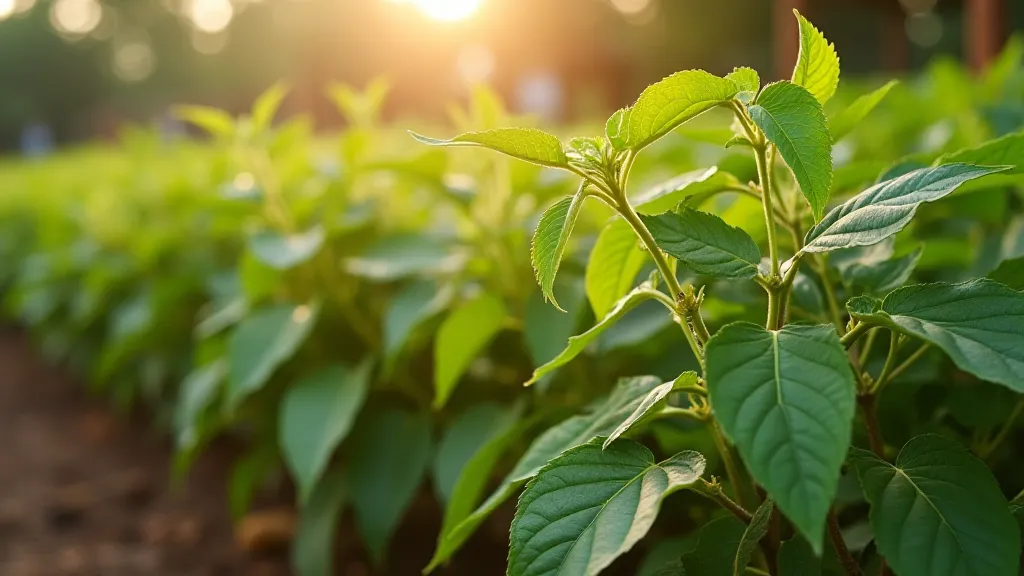
Troubleshooting Sunlight Issues
Signs your pepper plants aren't getting enough sunlight include:
- Leggy Growth: Tall, spindly stems with sparse leaves.
- Pale Foliage: Leaves that are lighter green than usual.
- Reduced Flowering: Fewer blooms.
- Small, Bland Peppers: Peppers that are smaller than expected and lack heat.
If you notice these signs, try moving your plants to a sunnier location or supplementing with grow lights.
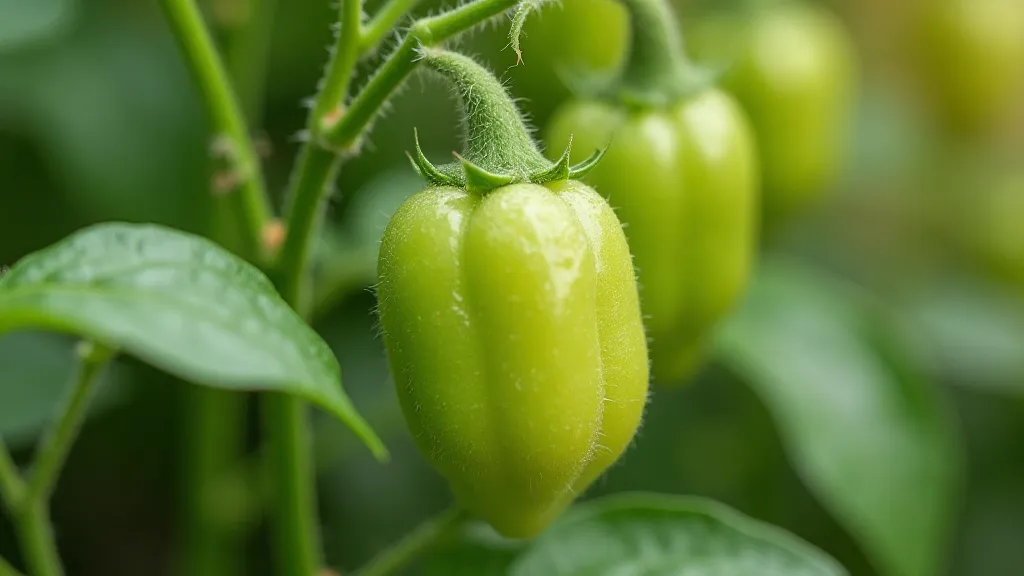
By understanding and meeting the sunlight requirements of your specialty pepper varieties, you're setting the stage for a spicy and successful harvest!
